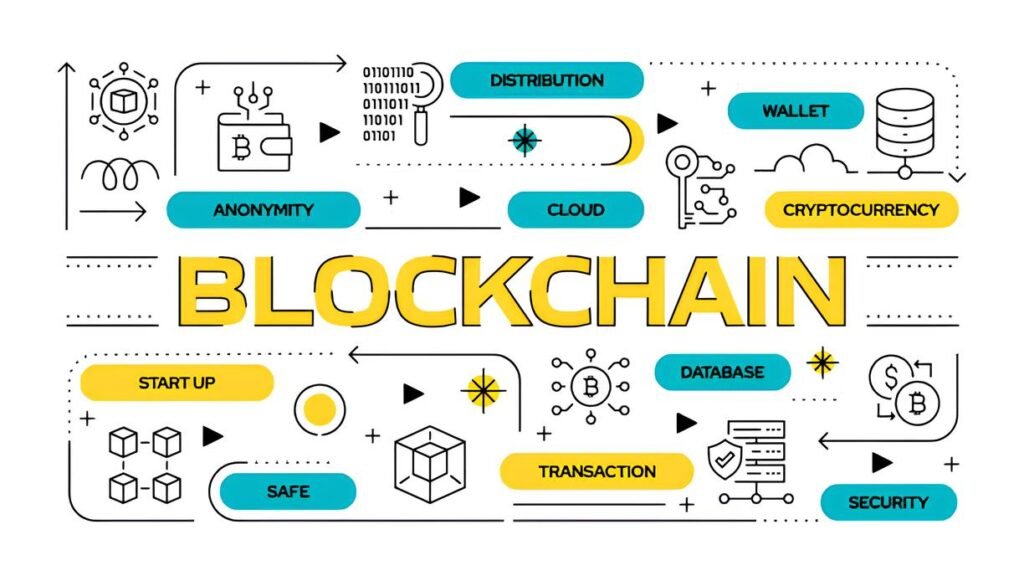Securing APIs in Privacy-Respecting Apps: Guarding Data in a Connected World
Imagine your favorite privacy-focused app—a digital sanctuary where your personal data is shielded from prying eyes. But hidden beneath the sleek interface, something quietly powers your experience: an intricate web of APIs. These gateways connect your app to online services, servers, and external data sources, making everything work seamlessly. Yet, every unlocked door has its risks.
APIs (Application Programming Interfaces) are the unsung heroes of modern apps, but they are also tempting targets for attackers. How do developers ensure these portals don’t become leaks that spill your sensitive information? And as users become increasingly privacy-conscious, how can apps maintain trust without sacrificing functionality?
This deep-dive explores the vital role of securing APIs in apps that prioritize privacy. We’ll unravel technical safeguards, best practices, and real-world examples—empowering both developers and users to understand the invisible shields protecting personal data.
In This Article
- Why API Security Matters in Privacy Apps
- Common Threats Targeting APIs
- Building Secure API Architecture
- Privacy-by-Design Principles for APIs
- Authentication and Authorization Best Practices
- Data Encryption and Protection
- Monitoring, Logging, and Incident Response
- Balancing Usability and Security
- Looking Ahead: The Future of API Security in Privacy Apps
Why API Security Matters in Privacy Apps
At their core, privacy-respecting apps are designed to protect user data and minimize exposure. But their lifeblood often comes from connections to backend services and third-party tools accessed via APIs.
An unlocked or poorly secured API is an opening where attackers can sneak in, siphoning sensitive data or tampering with functionality. When an app promises privacy, vulnerabilities here can rapidly erode user trust and cause real harm.
Take messaging apps that claim end-to-end encryption. Their security depends not just on encrypted chats, but on the API endpoints managing user identities, message queues, and notifications. If any API endpoint leaks information or accepts unauthorized requests, the entire privacy guarantee can unravel.
Common Threats Targeting APIs
Understanding the risks is the first step to building strong defenses. Some typical API threats include:
- Broken Authentication: Weak or missing authentication mechanisms that allow attackers to impersonate users or services.
- Data Exposure: APIs that send unnecessary or overly broad data in responses.
- Injection Attacks: Malicious input that manipulates the API’s underlying systems.
- Rate Limiting Bypass: Attackers overload or scrape the API by avoiding usage limits.
- Man-in-the-Middle (MitM) Attacks: Intercepting traffic between client and server when encryption fails.
- Improper Access Control: Users gaining access to data or functions outside their privileges.
- Replay Attacks: Reusing valid API calls to replicate transactions or extract data.
Real-World Example: The Facebook API Leak
In 2019, a major breach exposed private information of over 500 million Facebook users via an unsecured API endpoint. Attackers exploited an outdated API weakness to scrape phone numbers, email addresses, and other personal details.
This event emphasized that even platforms with vast resources are vulnerable if API security isn’t continually updated and audited.
Building Secure API Architecture
A robust API security strategy begins with a secure foundation. This means thoughtfully designing your API architecture with layers of protection:
- Segmentation: Limiting API access to minimal necessary functionality depending on user roles or context.
- Gateway Protection: Using API gateways to provide a central control point for authentication, throttling, and logging.
- Microservices Isolation: Dividing backend logic into separate microservices reduces blast radius in case of a breach.
- Zero Trust Principles: Assume no client or service is inherently trustworthy; verify everything.
Well-architected APIs limit what an attacker can do even if part of the system is compromised, making it far harder for them to escalate or access sensitive data.
Privacy-by-Design Principles for APIs
Implementing privacy by design means embedding privacy protections directly into your API’s blueprint—not as an afterthought.
Some critical principles include:
- Data Minimization: Only collect and expose the minimum data necessary for app functionality.
- Purpose Limitation: Use data solely for its intended purpose in API responses and processing.
- Transparency: Clearly document what data APIs handle, how it’s processed, and access requirements.
- Compliance: Build to fulfill privacy regulation mandates, like GDPR or CCPA, from the start.
Following these guidelines reduces the risk of accidental data leaks and helps users understand what happens behind the scenes.
Design your APIs to support selective disclosure. For example, allow users to share limited profiles or aggregated data instead of raw personal info.
Authentication and Authorization Best Practices
Securing APIs starts with controlling who can access what.
Strong Authentication Methods
Popular methods include OAuth 2.0, JWT (JSON Web Tokens), and mutual TLS. These protocols provide strong proof of identity and are designed for ease of use in modern app ecosystems.
Granular Authorization
Once identity is confirmed, APIs must enforce precise permissions. Role-based access control (RBAC) and attribute-based access control (ABAC) are powerful models that limit user privileges to the bare essentials.
Fail-Safe Defaults
Never assume broader access unless explicitly granted. Deny all access by default and allow only what is authorized.
Secret Management
API keys and tokens must be handled securely. Avoid hardcoding secrets in mobile apps or client-side code. Use secure vaults or environment variables on servers.
Data Encryption and Protection
Encryption acts as a critical shield for API data both in transit and at rest.
Transport Layer Security (TLS)
Always enforce HTTPS with strong TLS configurations. Even slight misconfigurations can invite MitM attacks.
Encrypted Payloads
For highly sensitive data, consider additional payload encryption beyond TLS. This adds a second layer if the transport layer is compromised.
Input Validation and Sanitization
Secure APIs rigorously check all incoming data to prevent injection attacks or malformed input that can disrupt or exploit backend systems.
Limit Data Exposure
Paginate data responses and use field filtering to prevent accidental exposure of entire data sets.
Monitoring, Logging, and Incident Response
Even the strongest defenses can be tested. Continuous monitoring and a clear response plan are essential.
- Rate Limiting and Throttling: Prevent brute-force attacks and abuse by capping request volumes.
- Logging: Collect anonymized or minimal logs showing access patterns, error rates, and anomalies.
- Alerting: Set up real-time alerts for suspicious activity like repeated failed auth attempts.
- Incident Response Plan: Prepare a playbook for API breach scenarios to quickly limit damage and notify users if necessary.
API security often hinges on visibility and preparedness as much as prevention.
Balancing Usability and Security
In privacy apps, tension often arises between shielding user data and providing seamless experiences. Heavy security measures can add friction or degrade performance.
Smart developers find ways to integrate encryption and authentication transparently—such as biometrics for app login, or silent token refresh mechanisms—to keep user experience smooth without compromising protection.
Providing clear, simple error messages with privacy-conscious guidance helps users understand issues without exposing sensitive details.
Ultimately, user trust demands a thoughtful balance that respects both freedom and defense.
“APIs form the nervous system of modern apps. Treat them as a gateway rather than just plumbing—it’s where privacy and security converge.” – Emily Chan, Security Architect
Looking Ahead: The Future of API Security in Privacy Apps
Privacy isn’t a checkbox; it’s a continuous journey. As APIs evolve with richer functionality and more integrations, the attack surface grows larger.
Emerging trends like decentralized identity, zero-knowledge proofs, and homomorphic encryption hold promise for fundamentally reshaping how APIs protect users’ secrets.
Meanwhile, layers of traditional security—from authentication and encryption to real-time monitoring—remain indispensable. By rigorously securing APIs and embedding privacy from day one, developers fortify the trust that privacy apps rely on.
For those interested in related topics like managing privacy on mobile devices or improving operational security workflows, exploring deeper technical guides like Smartphone privacy: what’s realistically possible in 2025 can offer valuable insights into the broader ecosystem shaping app privacy today.
Your privacy is only as strong as the hidden pathways your data travels. When APIs are secured thoughtfully, those pathways become private conduits instead of risk zones — protecting you in the invisible web that powers everything.



